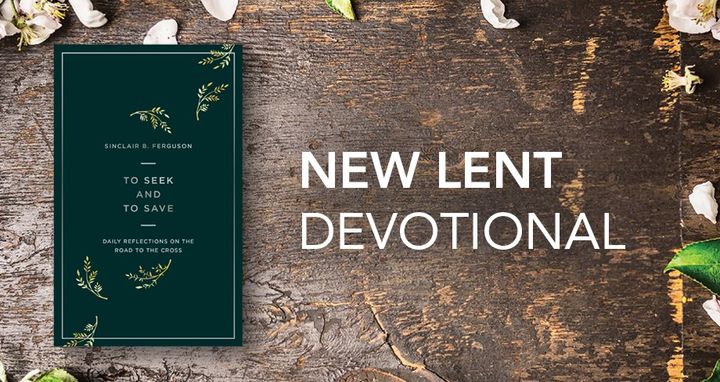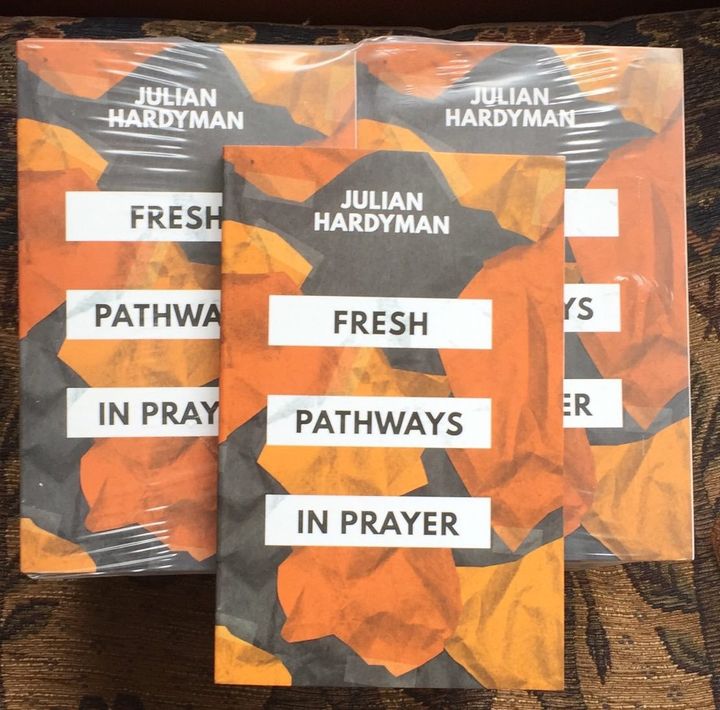
Book Reviews


To Seek and to Save by Sinclair Ferguson – A Review

Together for the City by Neil Powell & John James – A Review

Fresh Pathways in Prayer by Julian Hardyman – A Review

Growing an Excitement about God’s Purposes for Intimacy: An Interview with Pastor & Author Jason Roach
